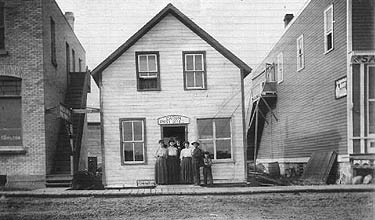|
The Rural Municipality of Caron lies to the west of the city of Moose Jaw in south-central Saskatchewan. The municipality is cut in two by the Missouri Coteau, a range of hills which rise to a height of 500 feet above the Saskatchewan prairie. 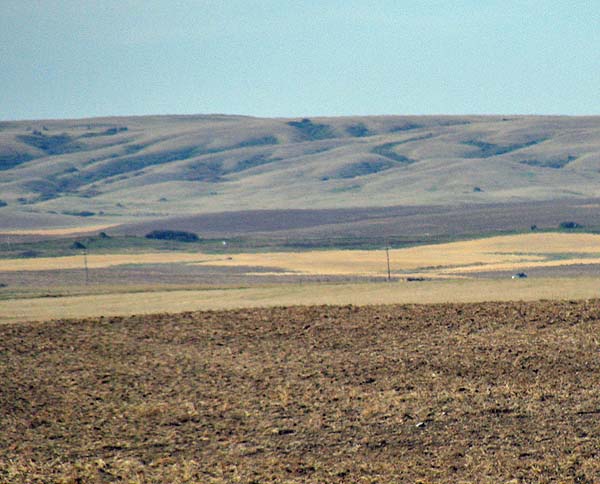 Prior to 1870 this land was home to the Cree, who wandered across it in search of the ever diminishing buffalo. In 1858 Professor H. Y. Hind reported camping near a "great encampment of Cree Indians at the west end of Buffalo Pound Lake." In his report he spoke of the Cree driving thousands of buffalo into a pound on the north side of the valley. A report written by Captain Butler 12 years later spoke of abandoned buffalo trails littered with "hundreds of thousands of (buffalo) skeletons." It was in 1870 that the Cree, close to starvation, left the open prairie to take up residence on a government reserve. 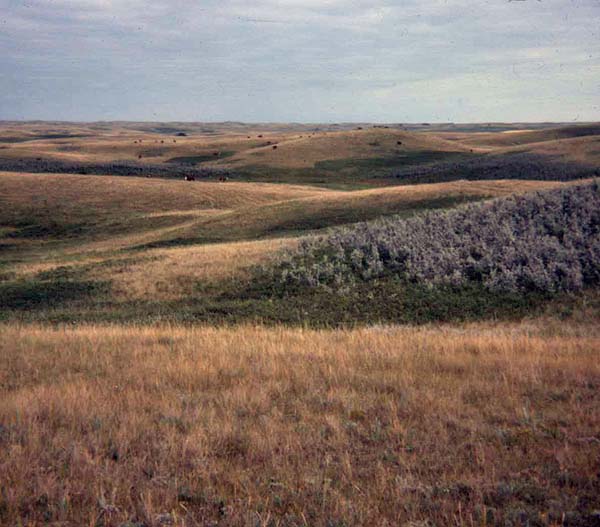 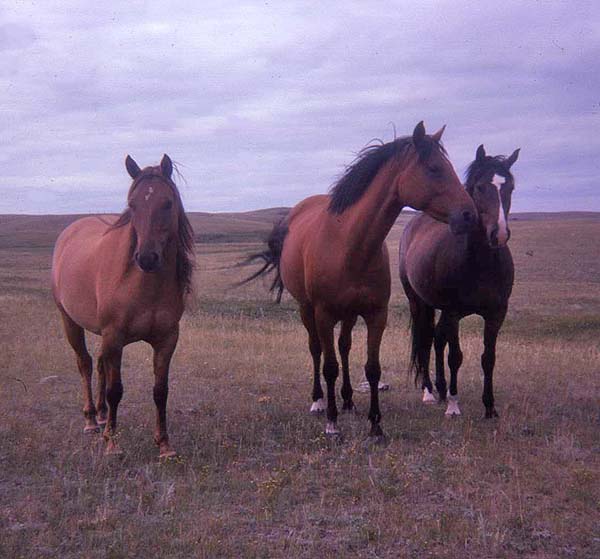 Beyond the Coteau, the brown soils of the rolling short grass prairie became home to ranchers and its lower levels of fertility and undulating terrain kept much of it unbroken. Below the Coteau the dark brown soils had been described by Palister as unsuited for agriculture and, indeed, prior to 1880 it seemed as if the land around Caron would never be broken. But by 1880, John Macoun, a botanist and naturalist, actively promoted the area for settlement and production of wheat. It was his influence that resulted in the diversion of the C.P.R. from its planned route to a path that took it directly through the municipality. A survey party headed by Charles Aeness Shaw surveyed for the C.P.R. in what was to become the Caron district in about June of 1880. According to Sessional Papers, on September 12, 1882, the C.P.R. reached 16 miles west of Moose Jaw. A siding was constructed and named "Caron," in honor of Sir Adolphe Caron, then Minister of Militia and Defence, who served in the Canadian Cabinet from 1880 to 1896. 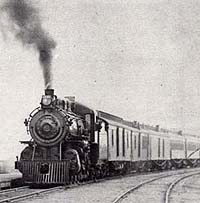 People began to come west,
mostly from Ontario, and homestead records reveal
that they were settling in the Caron area as early
as 1883. Caron in 1890 was described by Aaron
Tanner as "a section house, a station platform
with an order box bolted to a post on the
platform, and across from a sea of water - well
into the month of July." (Several springs flowed
freely after spring run-off, and water covered the
big flat north and east of Caron.)
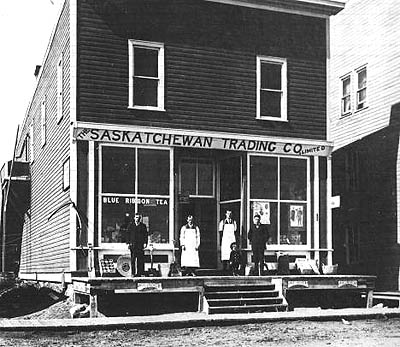 In 1901, Caron had a post office (see left). Records from Canada Post have the Caron Post Office opening November 1, 1884. It also had: one small store, one small boarding house and 2 elevators, but it soon became a major trading area. Grain was brought great distances. In the early years it was bagged into bushel bags. It was a common sight to see them stacked by the thousands beside the track, waiting for a grain car. By 1906 it was possible for grain to be hauled loose and wagons loaded with grain came to Caron from as far away as Gravelburg. 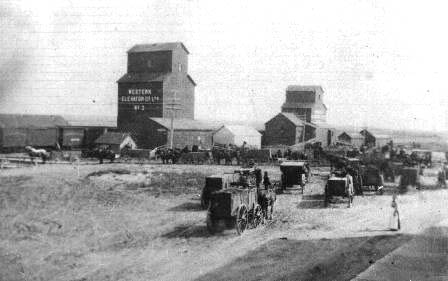 Caron had a population of 78 residents, when in November of 1903, they informed the Commissioner of Public Works of their desire to become a village. In January of 1904, an order was passed, establishing the Village of Caron. The area continued to increase in population as more people "came west" - mostly from Ontario and Quebec, but also many who had immigrated to Canada from the U.S. and from "across the sea" (mainly from Scotland and England). 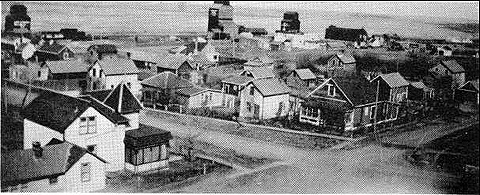 Caron had grown by 1905, and now there were 2 general stores, a hardware store, a harness shop, 2 lumber yards, a blacksmith shop, a furniture store, barbershop, 2 livery and feed barns, one hotel, a butcher shop, a boarding house, one flour and feed store, and 3 elevators, as well as the Post Office. A 24 x 50 school had 30 pupils. The next year a Bank of Hamilton branch was opened. 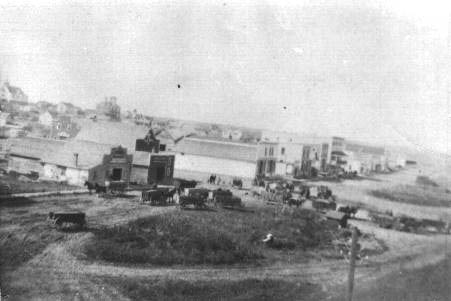 On July 1, 1906, the special act to incorporate the Town of Caron received 3rd reading. On July 16, 1906, Caron became a town. The first meeting of the Town of Caron Council took place August 13, 1906. 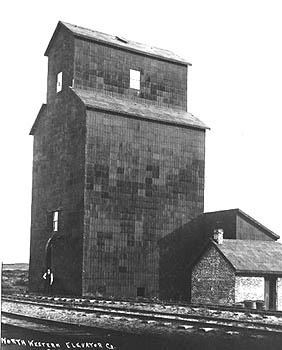 Telephone service was
available in 1909 and the Telephone Exchange
opened in 1911. Doctors came, churches were built, and more businesses sprang up. Laundries, cafes, implement dealerships, garages, and more elevators were built. Lodges, clubs and organizations thrived. Curling was the popular winter pastime. Each July 12th, an Orangeman's Day Parade and a picnic followed by dancing were the highlights of the summer. Electricity came to Caron on September 1, 1930. In the 30's the first #1 Highway came west from Moose Jaw to Caron. Over the years several major fires (January 31, 1907; 1910; October, 1911; January, 1914; February 24, 1915; July 12, 1915), the depression, improved transportation and population trends reduced Caron from a town to a village, and gradually the Rural Municipality took over the administration. Natural Gas came into Caron in 1958, and in 1962 our Automatic Telephone Exchange went into service. A water system was installed in 1963 and the majority of homes became "modern". One by one, the "outdoor biffies" disappeared. Return to Home Page
|

